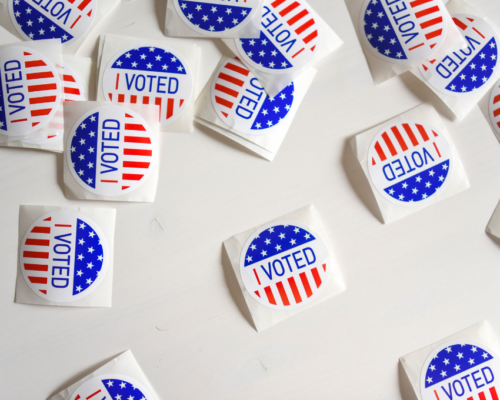The first quarter of 2020 was nothing short of wild. While COVID-19 made its way across the globe, market volatility surged to levels that haven’t been seen in over a decade. The coronavirus wasn’t the only factor that played a part in the wild market swings; geopolitics and domestic political development also impacted the market.
The relatively calm markets of 2019 quickly changed when the United States completed a strike that killed Iranian General Qasem Soeimani who was considered one of the most powerful people in Iran. This geopolitical crisis was short lived but a glimpse into what the markets would look like later in the first quarter.
In mid-January, attention turned back to the U.S.-China trade war when the “Phase One” trade deal was signed. Stocks steadily went up in response to the deal as well as low interest rates that followed the rate cuts of 2019, a historically low unemployment rate and rising corporate earnings. By mid-January and mid-February, the stock market was considered strong and the S&P hit several all-time highs. 2020 was looking to be much different than 2019.
The positive outlook on 2020 was quickly rethought when the number of active coronavirus cases increased across the globe and record highs began to drop. As of Feb. 20, market volatility and social distancing measures were in full swing. The S&P 500 fell more than 25% from mid-February highs to late-March lows. As the Federal Reserve cut interest rates to 0%, the U.S. government implemented several economic relief bills to provide short-term cash to corporations and inject capital into the banking system. These acts are designed to support the economy while the world practices social distancing, and stocks reacted favorably to these events.
As we look toward the second quarter, there’s certainly some uncertainty. It’s reassuring to know that every investor and business is in the same position, however, and it’s important to remember that this unprecedented market volatility and societal disruptions are temporary. The government has acted in a historically forceful way to foster growth once the pandemic has passed, and despite a volatile first quarter, that is a comfort for our future. The U.S. economy will recover eventually, and therefore, it’s no time to panic or make hasty, short-term decisions at the expense of what’s best for your goals long term.
Source: Compliance Back Up Q1 2020
Category: Financial Service Team




